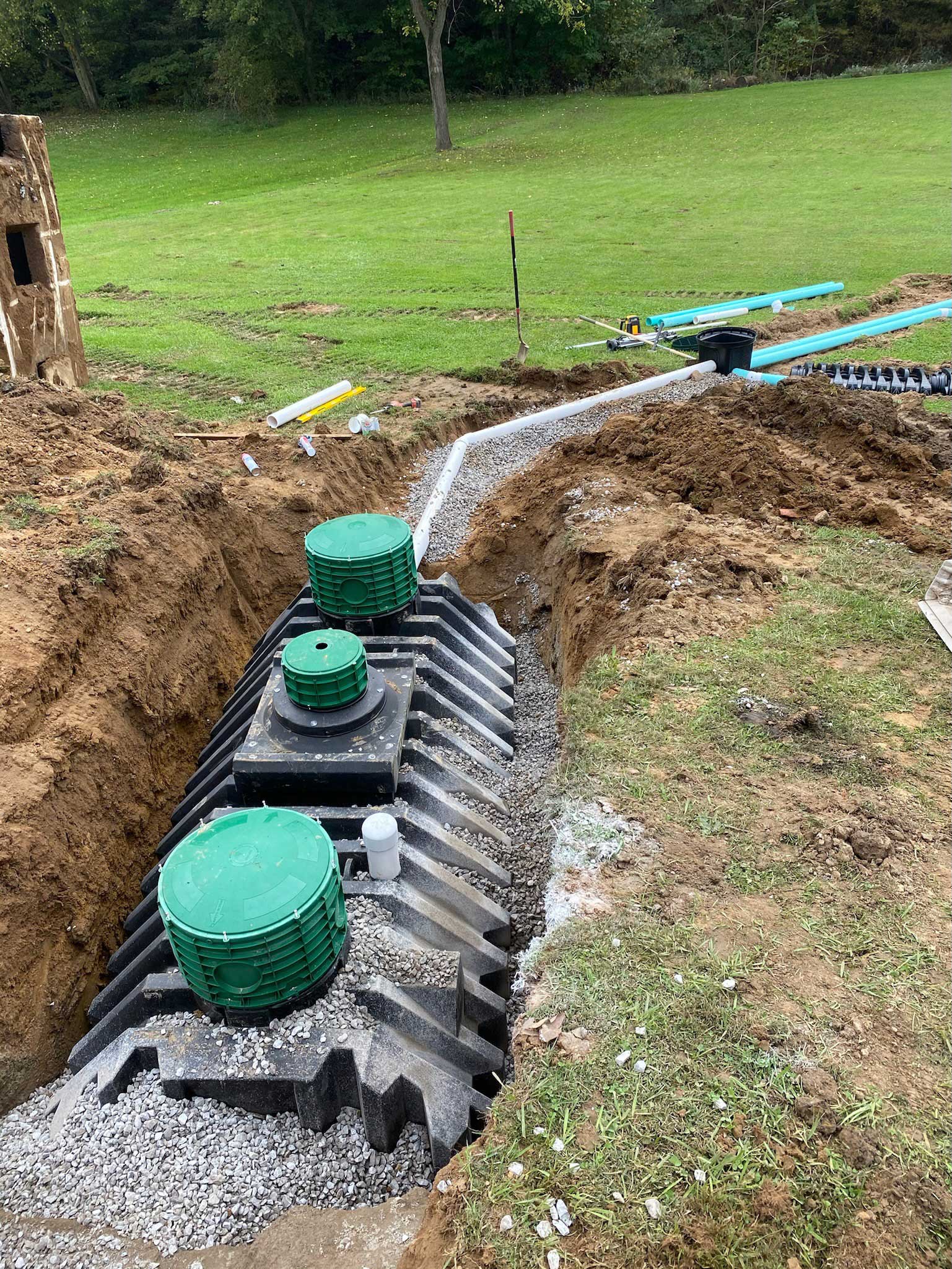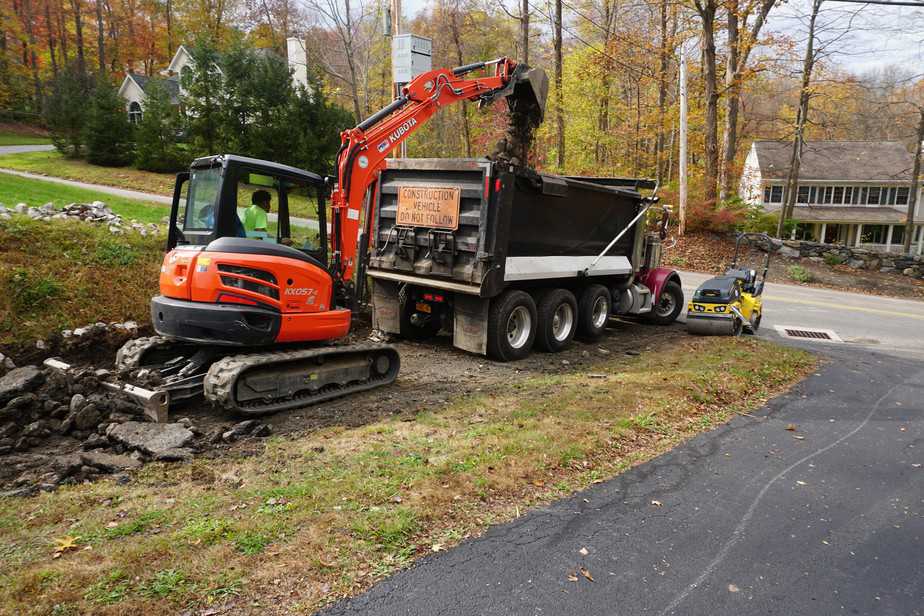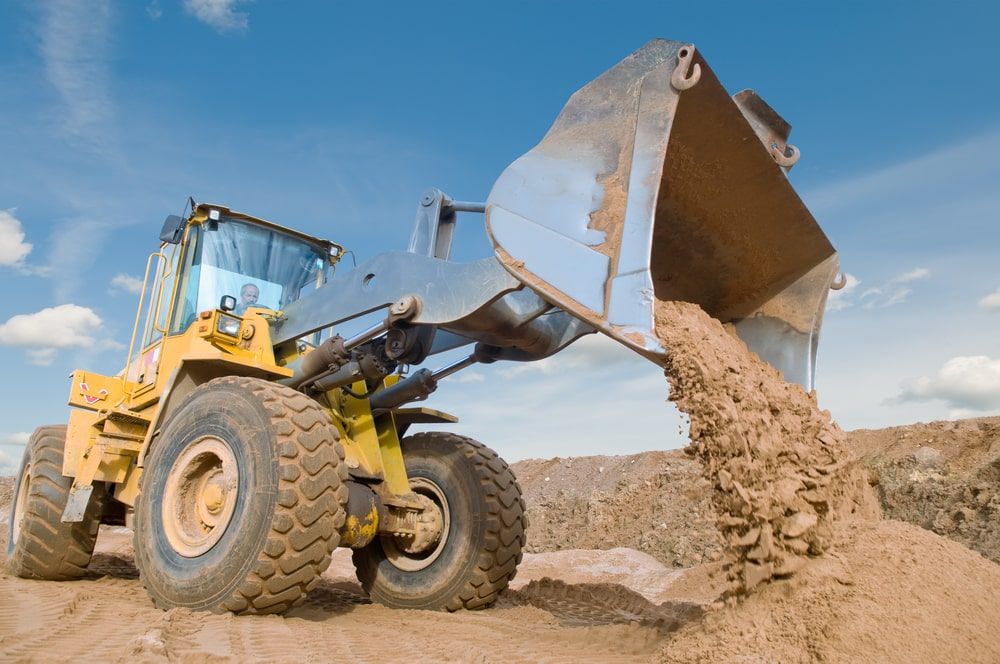Budget-friendly Lancaster Excavation - Quality Excavation at Competitive Costs
Wiki Article
In-Depth Exploration: The Science Behind Superior Excavation Practices
The world of excavation techniques is a domain where science intertwines with craftsmanship to discover the enigmas concealed beneath the earth's surface. From ancient hand devices to modern hydraulic excavators, the evolution of excavation techniques has been a testament to human ingenuity and technological innovations. What genuinely sets premium excavation methods apart is a deep understanding of geological concepts, coupled with the application of innovative devices and techniques. By exploring the science behind these techniques, we can reveal the secrets that lie under our feet and value the accuracy and competence that go into every dig.Advancement of Excavation Techniques
Throughout history, the development of excavation techniques has actually played an essential duty ahead of time construction methods and archaeological discoveries. From the rudimentary devices made use of by our forefathers to the innovative machinery used in modern-day times, the progression of excavation techniques has actually considerably changed how we approach different projects.In ancient times, manual labor with standard tools such as wheelbarrows, shovels, and pickaxes was the main method of excavation. This labor-intensive procedure limited the deepness and range of excavations, usually causing slow-moving progress and limited access to particular sites. Nevertheless, as worlds advanced, so did the tools and methods used for excavation.
The Industrial Change noted a transforming point in excavation practices with the intro of steam-powered machinery. In modern times, innovation plays a pivotal function in excavation, with developments like General practitioner systems, drones, and 3D scanning enhancing accuracy and performance in the area.
Function of Innovation in Excavation

The integration of cutting-edge technology has actually basically transformed the field of excavation, enhancing accuracy and effectiveness to unprecedented levels. Among the crucial technological improvements that has actually considerably influenced excavation methods is the usage of GPS systems. These systems allow for precise mapping of excavation websites, enabling drivers to accurately find underground energies and frameworks. Furthermore, the use of telematics in excavation devices has made it possible for real-time monitoring of maker performance, leading to positive upkeep and increased operational performance.
In addition, the advent of 3D modeling and simulation software application has structured the preparation procedure for excavation jobs. Engineers and drivers can now visualize the entire excavation procedure prior to damaging ground, determining possible challenges and enhancing workflow. Combined with this, the execution of drones in excavation activities has actually facilitated airborne surveys, volumetric measurements, and website assessments with unrivaled speed and precision.
Geological Principles in Excavation
An understanding of geological principles is necessary for ensuring the structural honesty and stability of excavation websites. Geological elements play an important role in figuring out the usefulness and security of excavation tasks (lancaster trenching). One essential geological principle to take into consideration is the kind of soil or rock present at the website. Different dirt types, such as gravel, sand, or clay, have differing levels of security and require various excavation methods. For example, natural dirts like clay may call for extra support to avoid collapses, while sandy dirts might be susceptible to erosion during excavation.By conducting detailed geological surveys and evaluation, designers and excavators can develop techniques to mitigate dangers and make certain the successful conclusion of excavation jobs. Inevitably, incorporating geological principles right into excavation techniques is vital for accomplishing secure, reliable, and sustainable results.

Newest Tools for Excavation
In the realm of excavation practices, modern technologies in tools have changed the performance and accuracy of excavation procedures. Among the current tools making waves in the industry is the usage of drones furnished with sophisticated imaging modern technology. These drones can provide thorough aerial studies of excavation sites, providing real-time information on topography and potential dangers. This info help in better planning and decision-making throughout the excavation procedure.An additional cutting-edge tool acquiring popularity is the implementation of 3D printing technology for developing custom-made excavation tools. This enables the production of specialized tools that are you can find out more customized to the specific needs of a project, increasing performance and lowering downtime.
Additionally, developments in products science have brought about the sites development of more powerful and a lot more resilient excavation devices. excavating ohio. Tungsten carbide-tipped excavator accessories, for example, deal exceptional performance in challenging ground problems, improving efficiency on-site
Scientific research's Effect on Excavation Practices

Additionally, advancements in products science have actually brought about the production of stronger, more sturdy excavation tools and tools. For example, using composite products in miners and shovels has enhanced their efficiency and longevity, inevitably enhancing productivity on excavation websites. In addition, clinical research on dirt auto mechanics and geotechnical engineering has actually provided useful understandings right into soil actions, permitting excavation experts to make informed decisions concerning excavation approaches and soil stablizing strategies. On the whole, science proceeds to drive development and enhancement in excavation practices, making excavation jobs extra effective, economical, and sustainable.

Final Thought
To conclude, the advancement of excavation methods has been significantly influenced by improvements in innovation and a much deeper understanding of geological concepts. The current devices and equipment made use of in excavation have actually improved efficiency and accuracy in the field. The more tips here application of scientific expertise has considerably boosted excavation techniques, resulting in more reliable and lasting techniques for excavating different types of products.In the realm of excavation practices, contemporary developments in tools have actually changed the performance and accuracy of excavation processes. By leveraging scientific concepts, the excavation sector has been able to considerably enhance efficiency, precision, and safety and security in excavation procedures. GPR enables excavation teams to non-invasively check and map subsurface structures, utilities, and possible dangers, enabling them to plan excavation tasks with better precision and reduced threat of mishaps.
Additionally, clinical research on soil technicians and geotechnical design has given useful insights right into soil actions, enabling excavation experts to make informed choices concerning excavation methods and dirt stabilization strategies. In general, scientific research continues to drive advancement and improvement in excavation practices, making excavation jobs extra effective, cost-effective, and lasting.
Report this wiki page